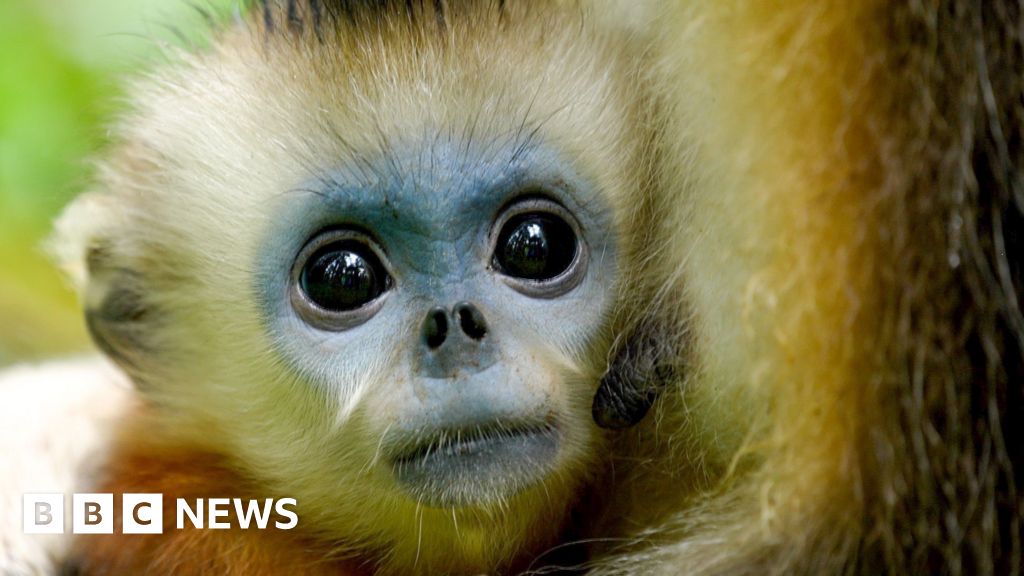India's Ganges, revered as the longest and holiest river, is home to a unique species of dolphin known as the Gangetic dolphin, which is under severe threat. Unlike their oceanic relatives, these river dolphins do not surf the waves nor elegantly leap from the water. They swim sideways, have elongated snouts, spend most of their time submerged, and are almost entirely blind.
Recent research indicates that India's rivers accommodate around 6,327 river dolphins—primarily Gangetic dolphins, with a mere three being Indus dolphins. The latter predominantly reside in Pakistan, as the Indus River flows through both nations. Both dolphin species are classified as "endangered" by the International Union for Conservation of Nature (IUCN). A significant survey conducted by the Wildlife Institute of India assessed 58 rivers across 10 states from 2021 to 2023, presenting the first comprehensive dolphin census in the country.
River dolphins, often deemed "living fossils," have an intriguing evolutionary history. They descended from marine ancestors millions of years ago and transitioned to river environments when the seas overtook lowland areas in South Asia. With time, they adapted to the conditions of murky, shallow rivers, developing unique characteristics that differentiate them from their ocean-focused cousins.
This new survey provides critical insight into the current state of river dolphin populations. Since 1980, over 500 dolphins have perished, with many falling victim to accidental entanglement in fishing nets or deliberate poaching. Conservationist Ravindra Kumar Sinha noted that awareness was minimal until the early 2000s. The Gangetic dolphin was recognized as India's national aquatic animal in 2009, leading to conservation initiatives like a 2020 action plan and the establishment of a dedicated research center to support recovery efforts.
Despite these advancements, challenges remain. Many dolphins are still hunted for their flesh and blubber, which are used to produce fishing bait. Fishermen often dismiss accidental dolphin deaths due to potential legal repercussions under India's wildlife laws, which penalize both targeted and incidental killings. Consequently, affected fishermen may dispose of the bodies quietly to evade fines.
The growth of river cruise tourism poses additional threats to dolphin habitats. The increase of cruise services on the Ganges and Brahmaputra is alarming conservationists like Sinha, who warns that the added boat traffic disrupts the already vulnerable dolphins, reminiscent of the plight of Baiji dolphins in China's Yangtze.
The river dolphins’ evolution has rendered them vulnerable; their nearly blind eyes rely on echolocation—high-frequency sounds—to navigate through murky waters, translating their unique adaptations into modern vulnerabilities. Their slow swimming speeds and lengthy reproductive cycles, with females only giving birth every two to three years, further exacerbate their risk.
Nonetheless, Sinha expresses hope for the future of these river dwellers, asserting that government initiatives have significantly contributed to their ongoing survival. "A lot has been accomplished, but many more efforts are necessary," he emphasizes, advocating for continued conservation endeavors.





















